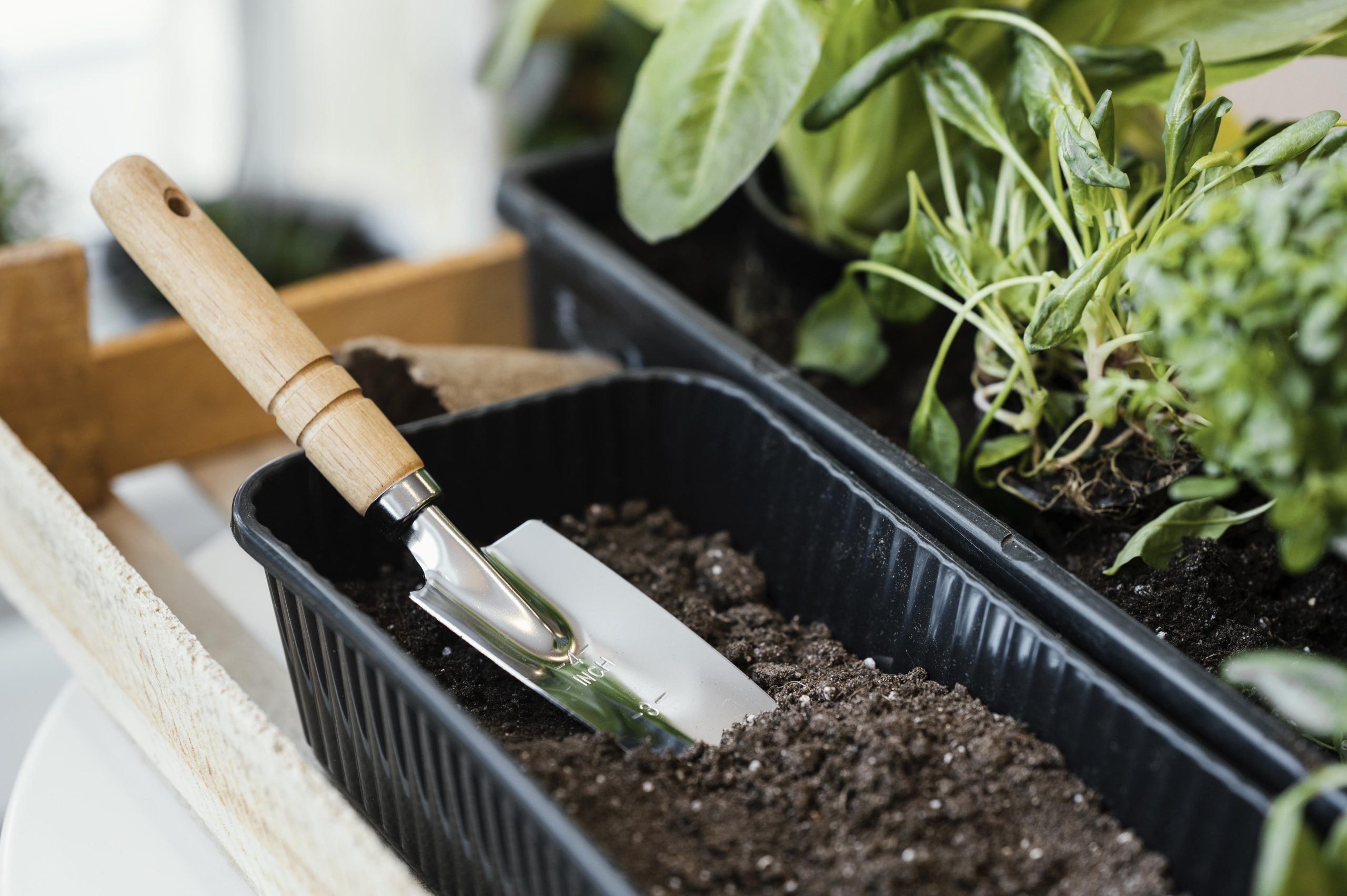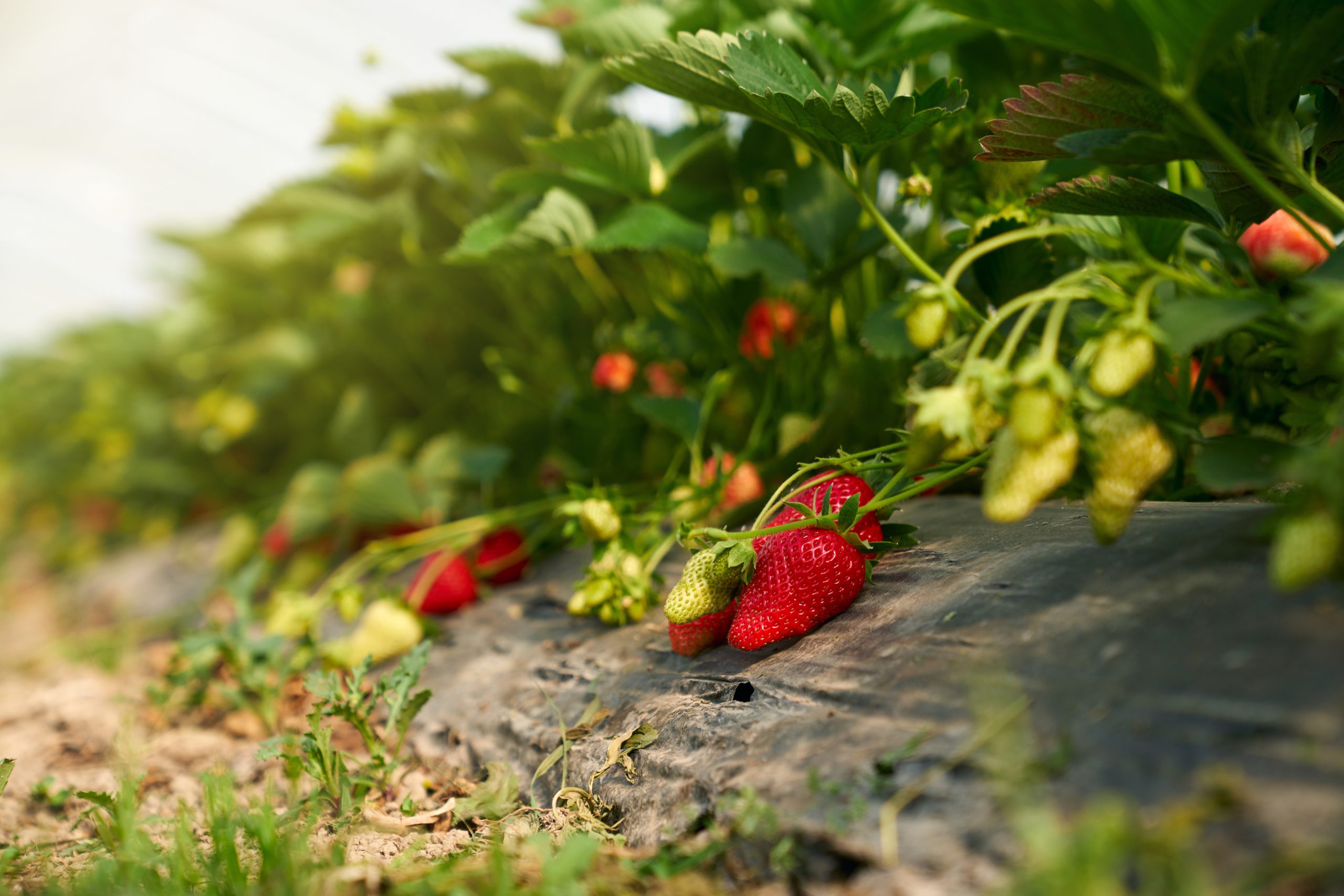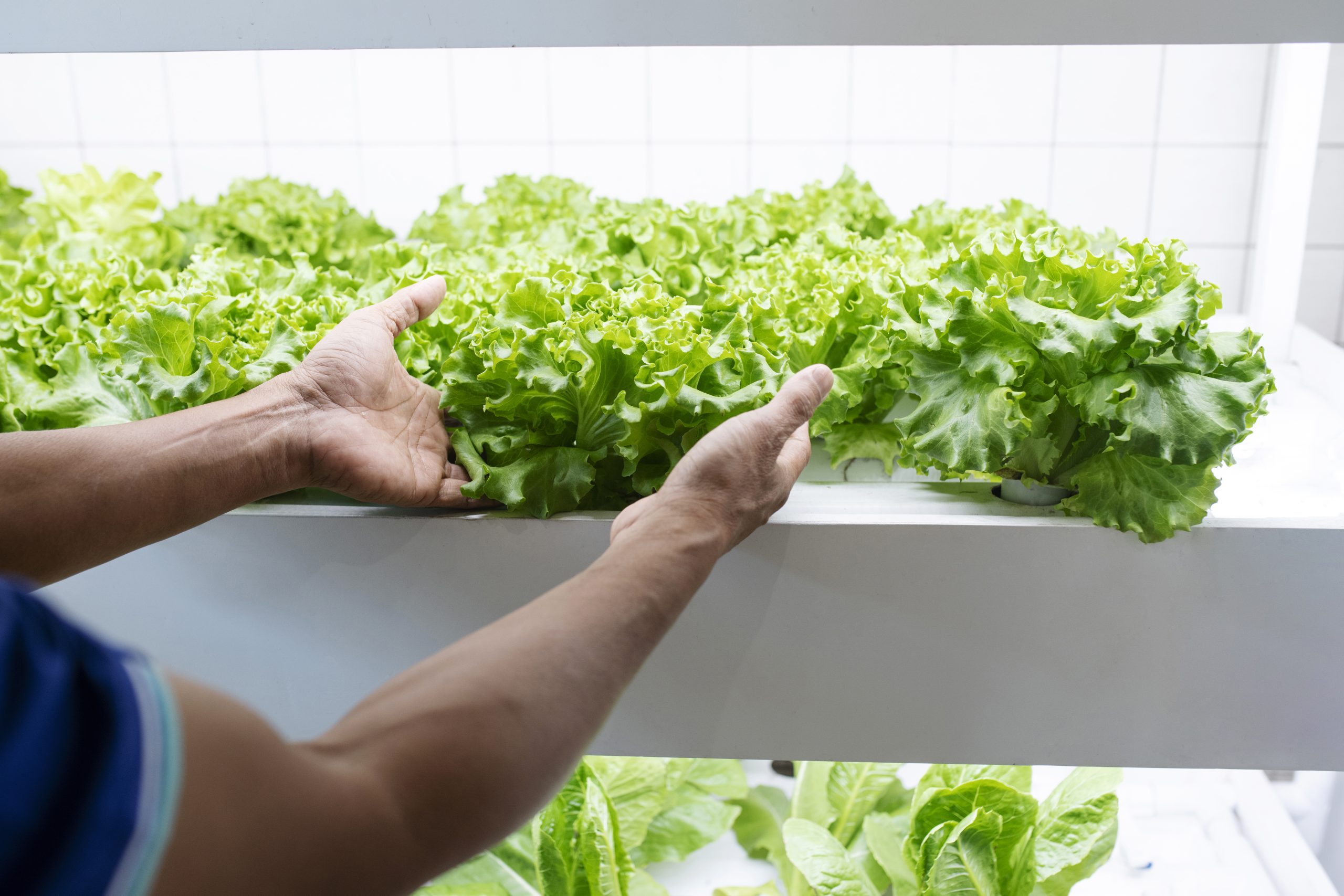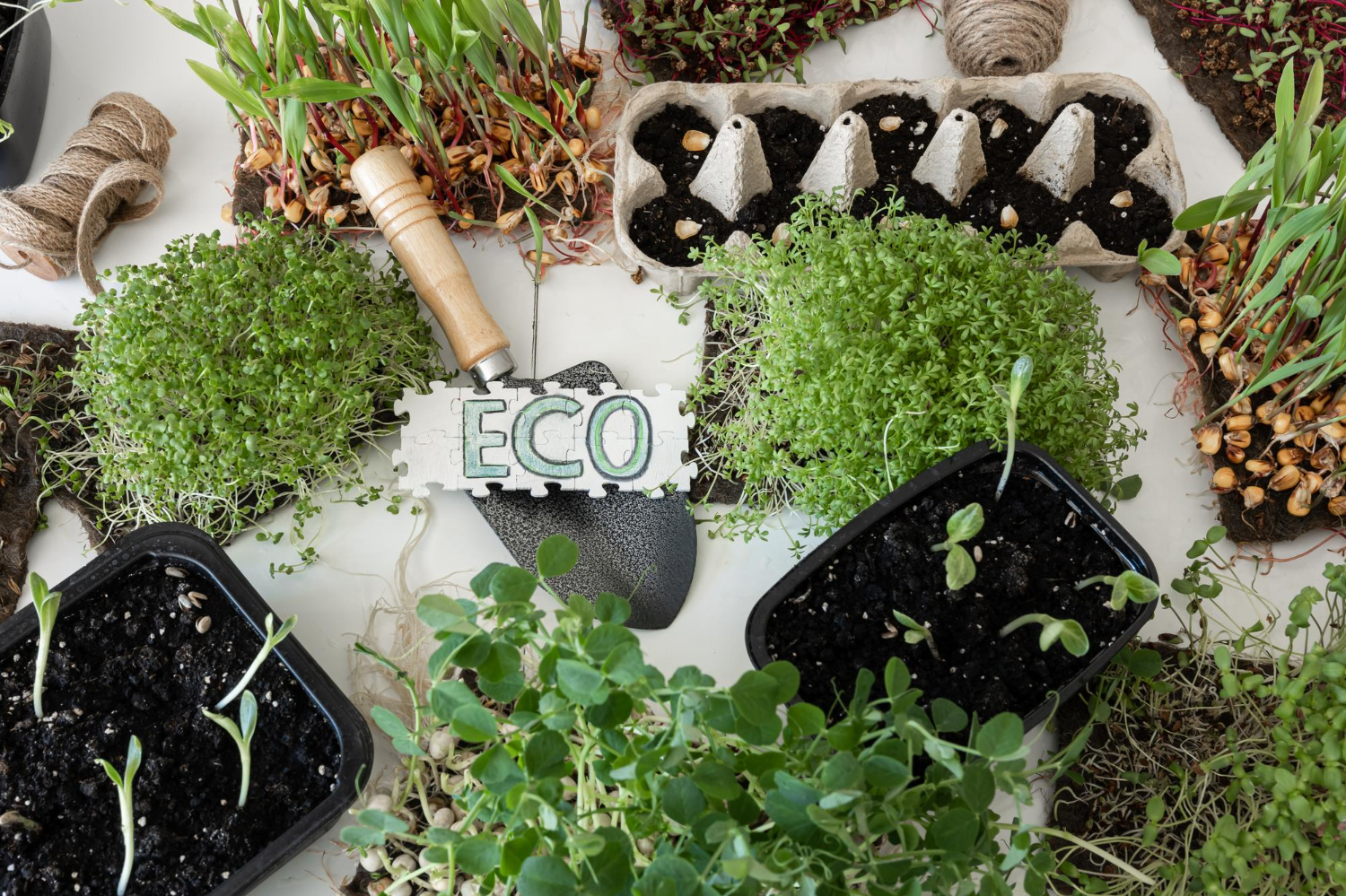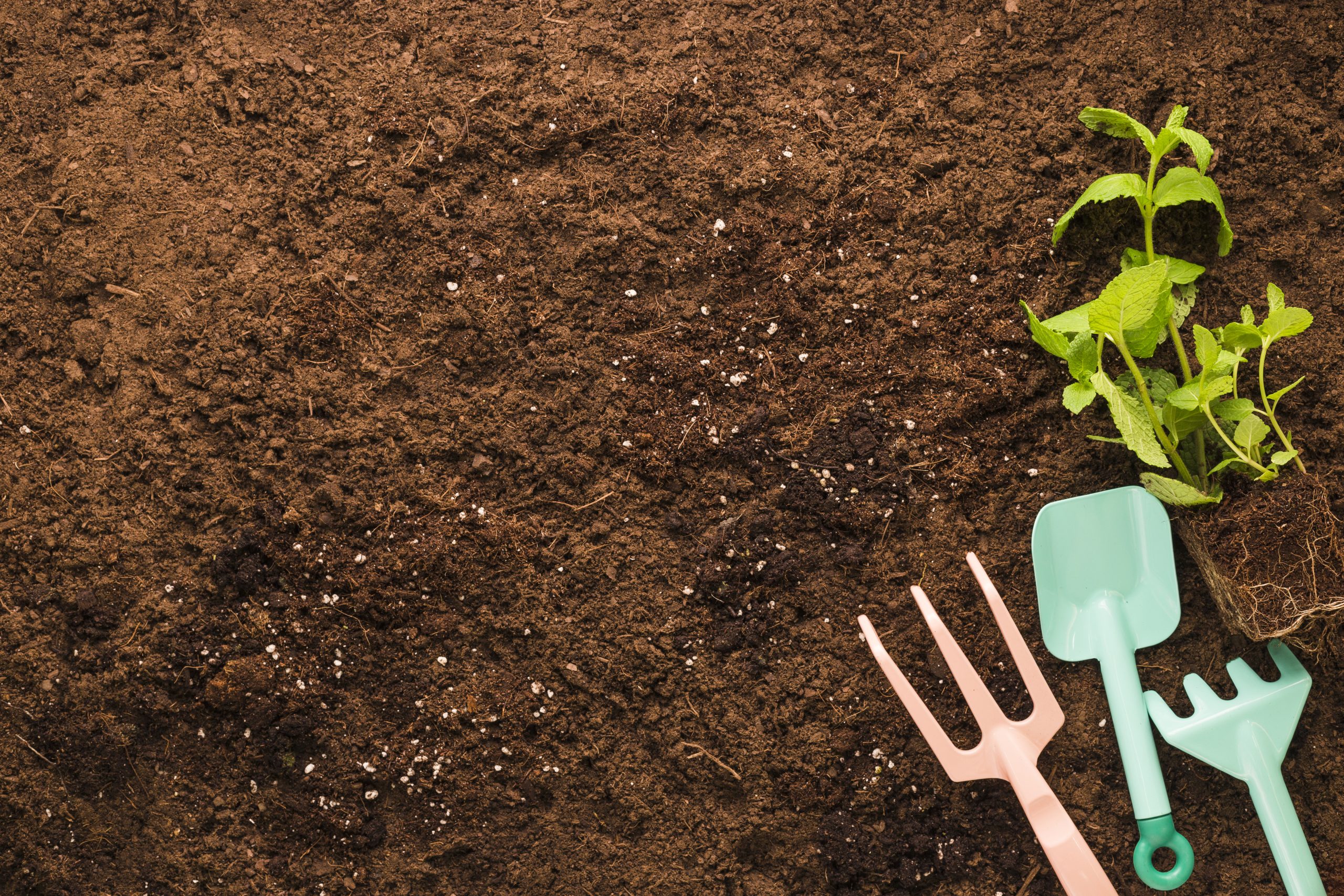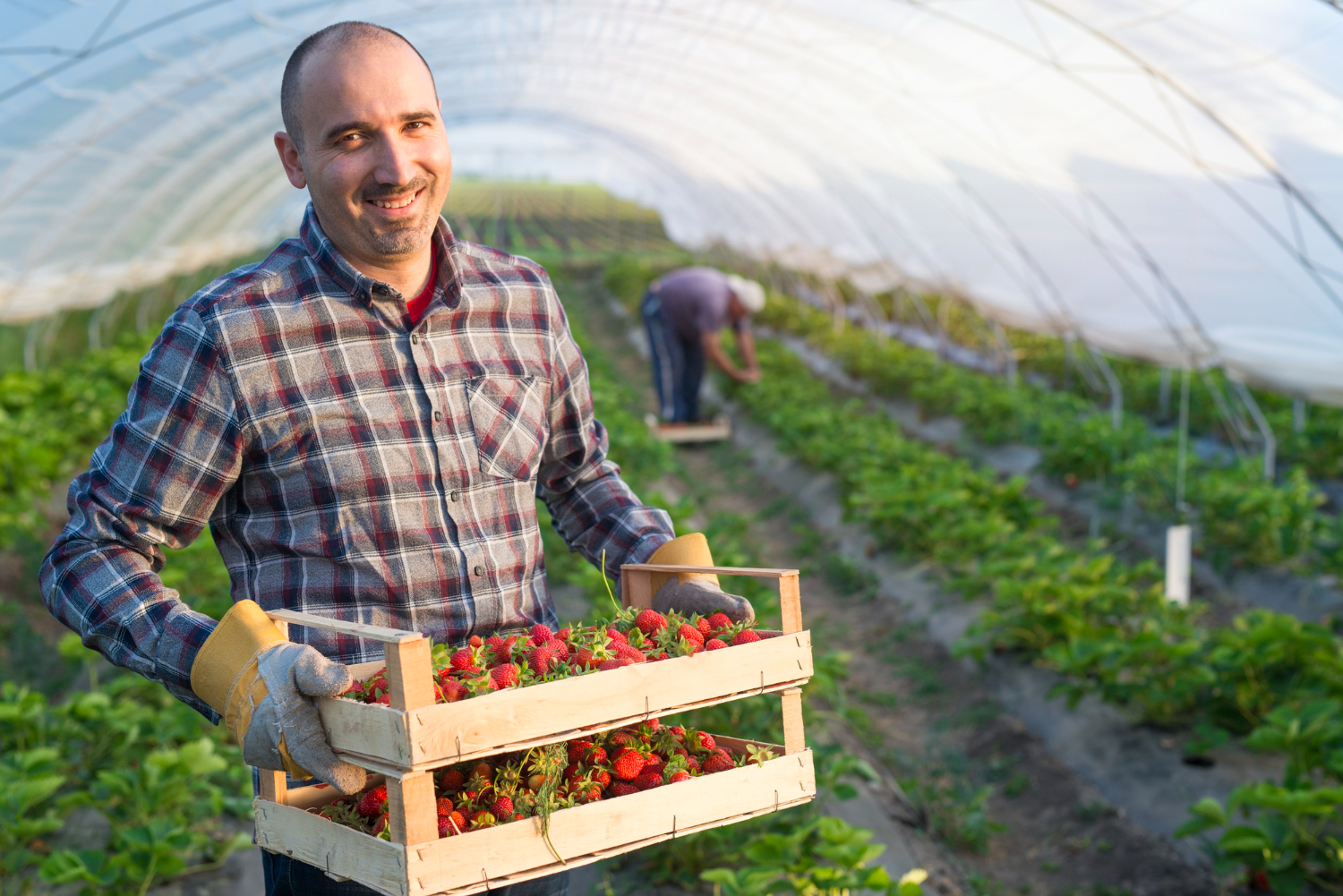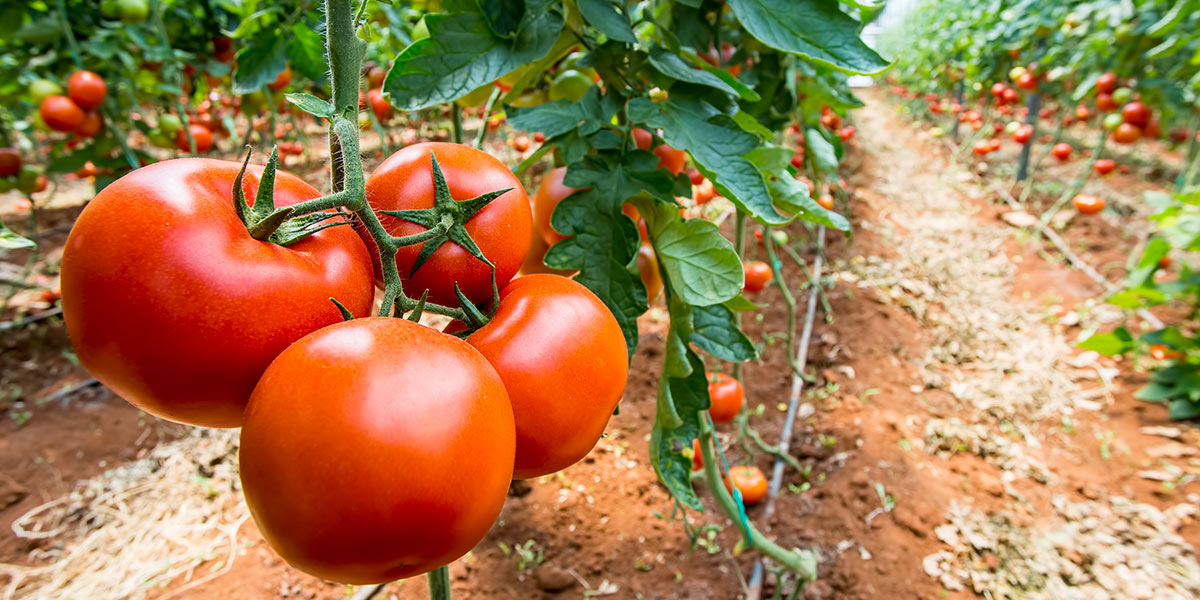What do you plant in September in an orchard?
Sept. 13, 2023
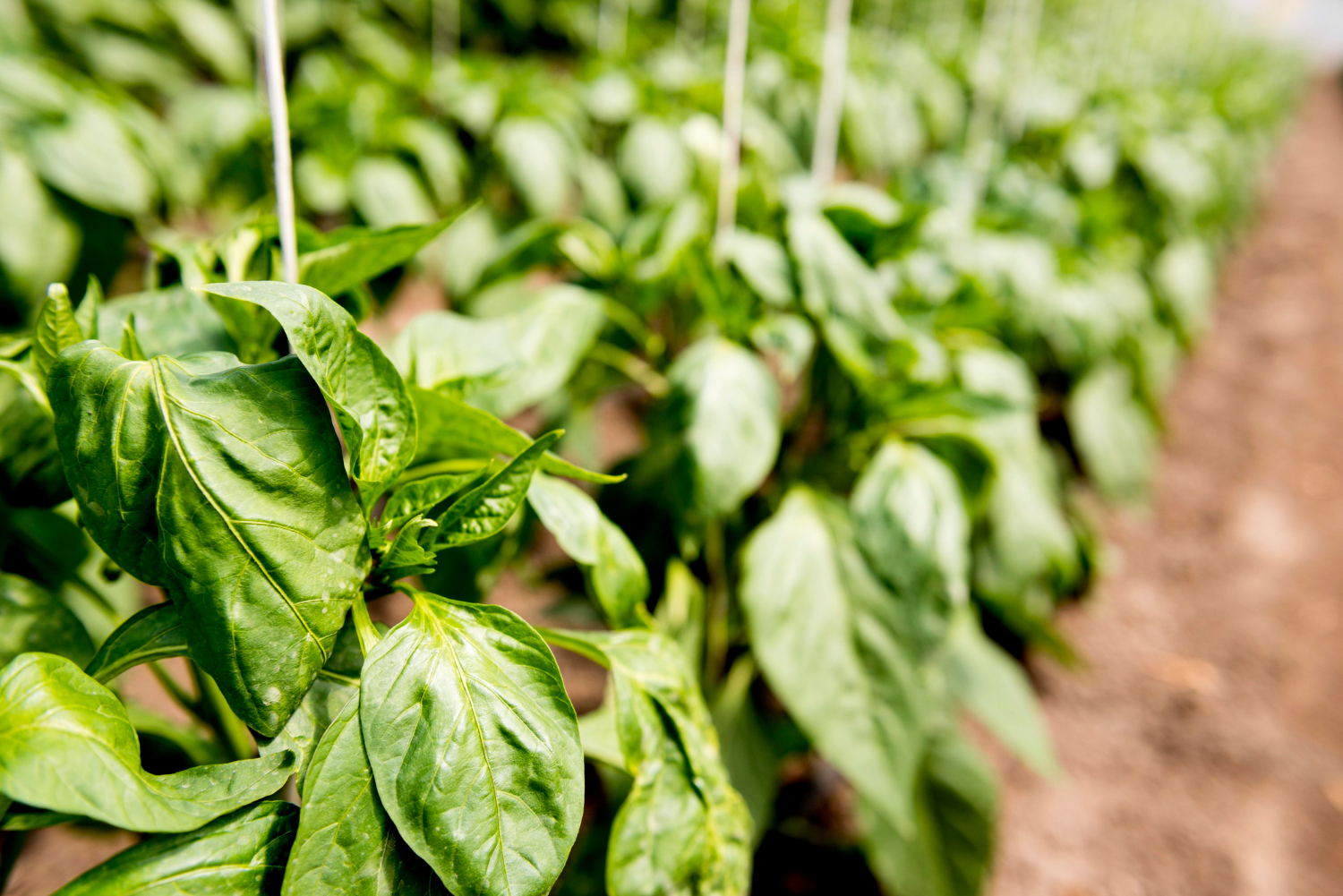
September is one of the best times for the vegetable garden. We are coming back from holidays and we find ourselves in that calm month, with a good temperature, which gives us a break to plan the autumn sowing.
September not only marks the beginning of our work in the rented urban orchard, which goes beyond sowing. During this month, we have been clearing the remnants of the summer, preparing the soil and establishing the necessary protections for the next tenants of the garden. These tasks extend not only to October, but also to November.
Publish your garden for free today
So, what can I plant in my garden?
September can be called the wonderful month of green leafy vegetables:
- Spinach and chard (the latter can be eaten all year round).
- The delicious broad beans (which in Spain we love to eat raw) and the beans (whose price is sky high).
- Also the fatty vegetables from the garden such as cauliflower, broccoli, cabbage and endive.
- And those salad vegetables that we like so much and use every day such as lettuce, lamb's lettuce, rocket, radish and carrots (which last all year round) together with beetroot, kale and onions, which are in season.
As aromatic plants we can plant: parsley, coriander, rosemary or sage.
We show you this didactic sowing calendar from the friends of Cocopot where you can also find information about watering requirements, when to germinate and type of sowing.
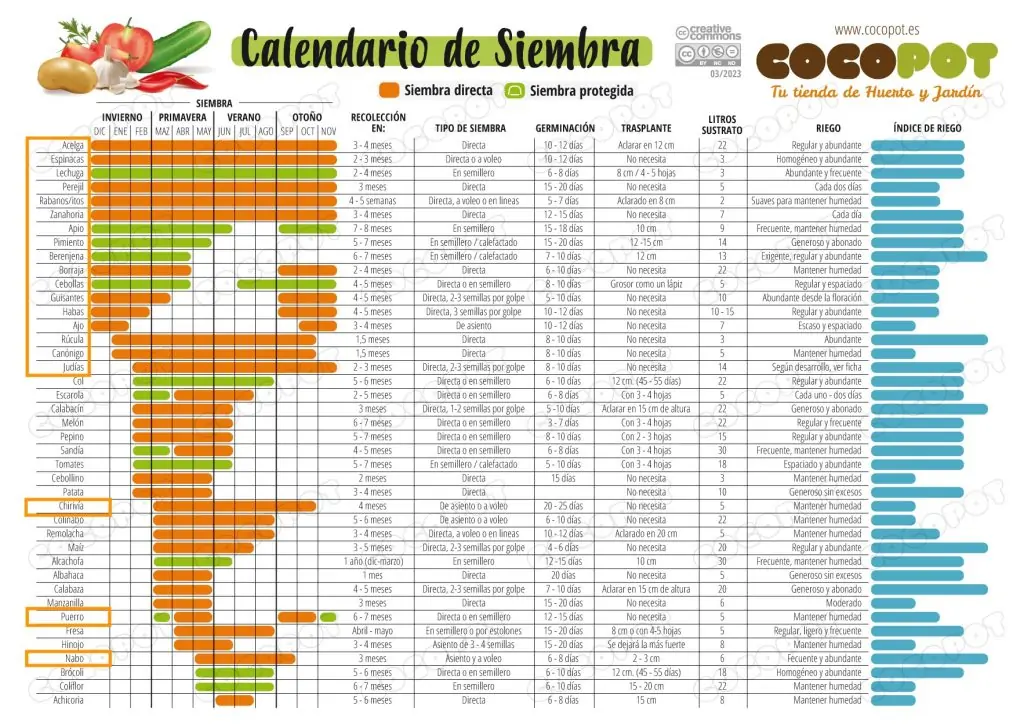
Sowing calendar provided by the website specialised in providing vegetable garden seedlings www.cocopot.es
How far apart do we plant vegetables?
Here is the distance you will need to leave between some of the vegetables you can sow in September or autumn in order for them to grow properly.
- Chard: 30cm
- Celery: 20cm
- Broccoli: 40cm
- Onion: 20cm
- Spinach: 30cm
- Bean: 20cm
- Lettuce: 30cm
- Kale: 40cm
- Parsley: 20cm
- Radish: Batches of radish
- Carrot: 20cm
Some tips for planting in your garden in September
- Combine crops that have different growth speeds: if we plant a fast crop (lettuce) in the free space until the slower crop (cabbage) grows, we take advantage of the space and there is hardly any competition between them.
- Combine the cultivation of fruit and vegetables with flowering and aromatic plants, which keep pests away or attract beneficial insects that favour biological control. Marigold attracts natural enemies of aphids, and others such as sage, rosemary and thyme keep away carrot and cabbage flies, ants and aphids.
Latest posts
